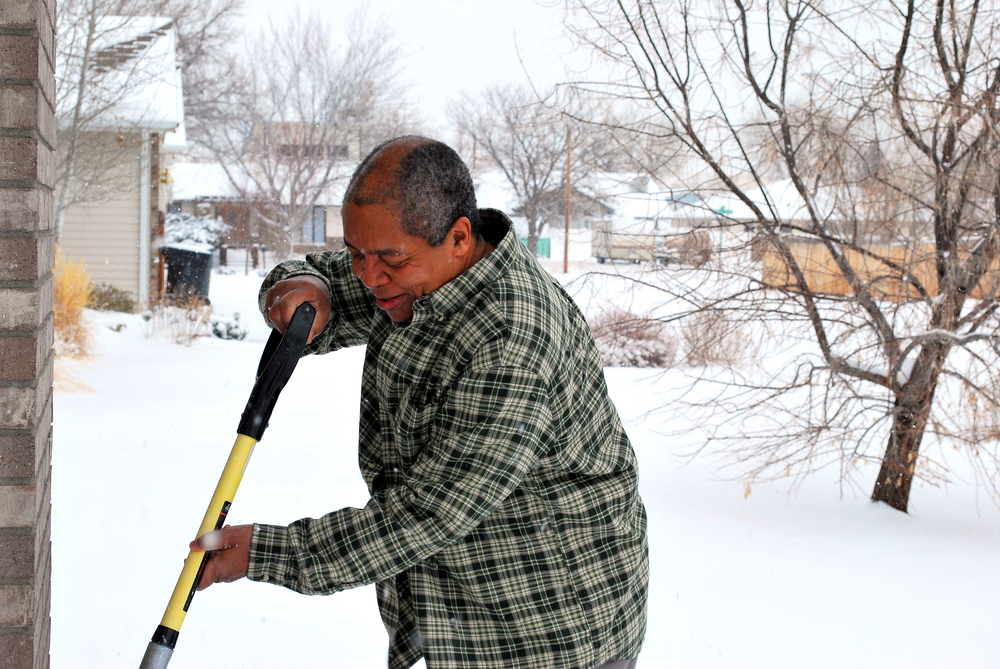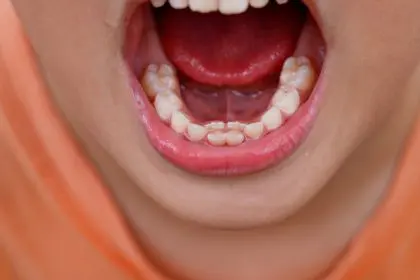A fresh snowfall may create a beautiful winter wonderland, but for people over 50, clearing that snow can be a deadly task. Emergency rooms see an alarming number of heart attacks linked to snow shoveling, and the risks increase with age. What seems like a simple chore can place extreme strain on the heart, leading to life-threatening consequences.
How snow shoveling affects the heart
The combination of cold weather and sudden physical exertion creates particularly dangerous conditions for older adults. Many people over 50 live relatively sedentary lifestyles, especially during the colder months. When heavy snowfall hits, they rush outside to clear driveways and sidewalks, exposing their bodies to intense physical activity they may not be conditioned for.
Cold temperatures constrict blood vessels, making it harder for blood to flow efficiently. When combined with the physical strain of lifting heavy snow, this increases blood pressure and heart rate, forcing the heart to work much harder. For someone with underlying heart disease or risk factors like high blood pressure, diabetes, or obesity, this sudden exertion can trigger a heart attack.
The risk increases further due to common shoveling habits. People naturally hold their breath while lifting heavy objects—a phenomenon known as the Valsalva maneuver. When shoveling snow, many individuals unknowingly hold their breath while straining to lift and toss snow. This sudden pressure surge can significantly spike blood pressure, increasing the risk of a cardiac event.
The danger of undiagnosed conditions
Many adults over 50 have some degree of undiagnosed heart disease, making snow shoveling particularly treacherous. Blocked arteries can silently restrict blood flow, and shoveling can push the heart beyond its limits. The problem becomes more complex because heart attacks don’t always start with dramatic chest pain—some begin with mild discomfort, shortness of breath, or nausea.
While anyone over 50 should approach snow shoveling with caution, certain groups face even higher risks. Those with a history of heart disease, including previous heart attacks, angina, or heart surgery, should be especially careful. Individuals with high blood pressure or high cholesterol face increased danger, as these conditions contribute to artery blockage and make it harder for the heart to function efficiently.
People with diabetes must exercise particular caution, as the disease damages blood vessels and increases the likelihood of a heart attack. Smokers also face elevated risks because smoking weakens the cardiovascular system and increases the chance of heart attacks under physical strain. Additionally, sedentary individuals who don’t engage in regular exercise are more vulnerable to sudden exertion.
Recognizing warning signs
Early recognition of heart attack symptoms while shoveling can make the difference between life and death. The most common warning sign is chest pain or tightness, often described as a squeezing, pressure, or burning sensation. However, symptoms can manifest in various ways. Some people experience shortness of breath, feeling winded even after a short period of shoveling. Others may notice pain radiating to their arms, neck, jaw, or back.
Dizziness or lightheadedness should not be ignored, as feeling faint or unsteady while shoveling can signal serious problems. Cold sweats, despite freezing temperatures, often indicate distress, as does unexplained nausea or stomach discomfort. If any of these symptoms occur, it is crucial to stop immediately and call 911 without delay.
Prevention and safety measures
Smart shoveling techniques can significantly reduce the risk of heart problems. Instead of trying to clear everything at once, people should pace themselves and take regular breaks every 10 to 15 minutes. Using a smaller shovel helps limit the weight of each load, making the task less strenuous. Whenever possible, pushing snow rather than lifting and throwing it reduces strain on the heart.
Proper preparation plays a crucial role in prevention. Wearing warm, layered clothing helps maintain body temperature and prevents blood vessels from constricting too much. Covering hands, head, and face becomes especially important in freezing conditions. Just like any other form of exercise, warming up before snow removal can reduce strain on the heart. A few minutes of stretching or light activity indoors helps prepare the body for the work ahead.
For those at higher risk, using a snowblower significantly reduces physical strain. When possible, hiring help — even a neighbor or family member — provides a safer alternative. Timing matters as well; avoiding snow removal right after eating or drinking alcohol can prevent additional strain on the heart, as heavy meals and alcohol alter blood circulation and make it harder for the heart to pump efficiently.
The importance of awareness
Many people assume heart attacks only happen to those who already know they have heart disease. However, a significant number of snow-shoveling-related heart attacks occur in people who had no prior diagnosis of cardiovascular issues. This reality makes it critical for anyone over 50 to approach snow removal with caution.
For those who fit the risk profile, taking proper precautions can save lives. Encouraging the use of safer alternatives — like hiring help or using a snowblower — helps older adults avoid unnecessary strain. While snow removal remains necessary in many parts of the country, it should never become a rushed or careless task for those over 50. Understanding personal risk factors and recognizing warning signs can prevent a winter chore from becoming a medical emergency.
This story was created using AI technology.















